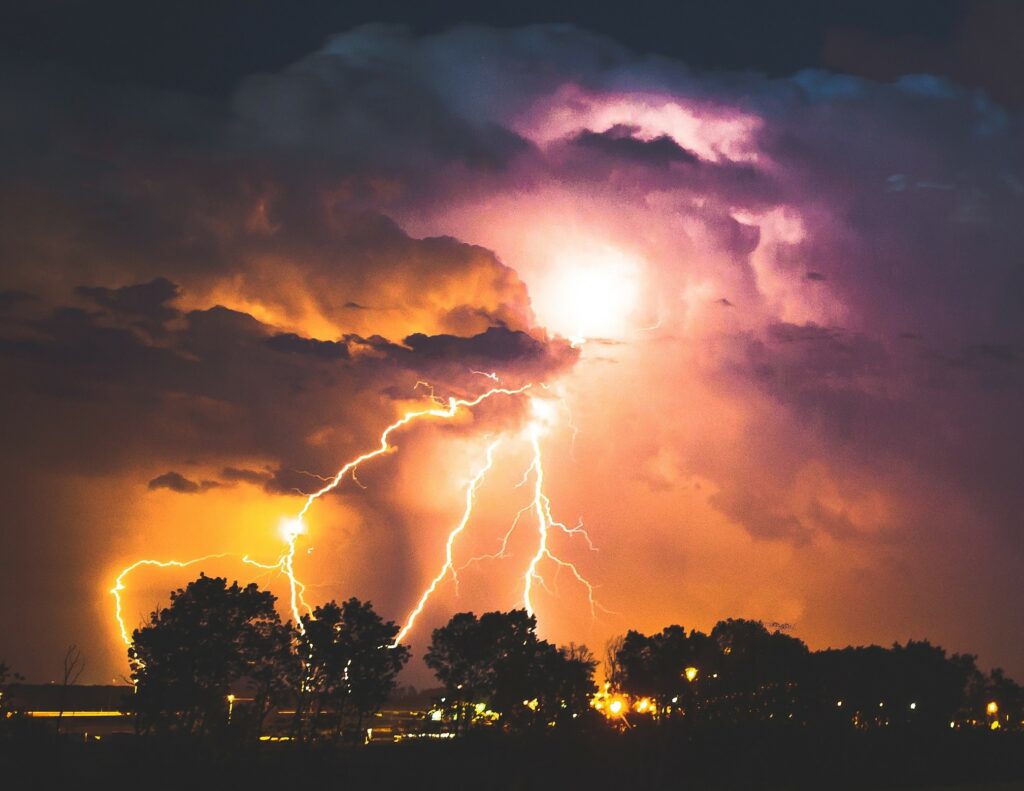
In the intricate web of modern infrastructure, power distribution is a critical lifeline, and the whims of weather directly influence its efficiency.
The impact of weather on power distribution is a concept that has been introduced previously. Still, in the era of smart grids and advanced technologies, the complexities and consequences have taken on new dimensions.
Smart Grids
Smart grids are the future for innovation in power distribution; these smart grids are designed to enhance efficiency and sustainability.
But their effectiveness is tested when faced with Ohio’s unpredictable weather. These intelligent networks leverage real-time data and advanced communication technologies to monitor and control the flow of electricity, but adverse weather conditions can disrupt these operations.
The Impact of Storms
Storms, albeit hurricanes, typhoons, or severe thunderstorms, always pose a significant threat to power distribution infrastructure. High winds can damage power lines and transformers, leading to widespread outages.
In response to this challenge, smart grid technologies offer predictive analytics and real-time monitoring to anticipate and mitigate potential damage. Advanced sensors on power lines can detect unusual vibrations or stress, triggering proactive responses to prevent catastrophic failures.
Snow and Ice
Snow and ice create a silent but potent threat to power distribution in colder regions. Ice accumulation on power lines and substations can increase the weight of structures, leading to structural failures.
Smart sensors embedded in critical components can detect ice buildup and initiate de-icing mechanisms, ensuring power lines remain operational even in freezing conditions.
Extreme Heat
Extreme heatwaves can strain power distribution systems on the other end of the spectrum. Overloaded transformers and substations may overheat, risking equipment failure and outages. Smart grids with thermal monitoring and load-balancing capabilities can dynamically adjust power distribution, rerouting electricity to prevent overheating in vulnerable areas.
Floods
In low-lying regions or areas prone to flooding, the inundation of substations and power facilities is a significant concern. Smart grids can utilize flood sensors to provide early warnings, trigger automatic shutdown procedures, or divert power through alternative routes. These adaptive measures protect the infrastructure and minimize downtime during and after flooding.
Simple Solutions for Resilience
While the challenges posed by weather on power distribution are complex, the solutions can often be elegantly simple. Regular maintenance, strategic infrastructure placement, and weather data integration into distribution algorithms contribute to a more resilient system.
Maintenance and Preparedness
Routine inspections and maintenance of power infrastructure are fundamental to ensuring resilience in the face of adverse weather. Clearing vegetation around power lines, reinforcing structures, and regularly testing backup systems are simple yet effective measures to prevent weather-related outages.
Strategic Infrastructure Placement
Careful consideration of infrastructure placement can minimize the impact of weather events. Placing critical components in elevated or sheltered locations can protect them from flooding, while reinforced construction methods can withstand high winds and other extreme weather conditions.
Integration of Weather Data
Integrating real-time weather data into power distribution algorithms is the key to an innovative and straightforward approach. By continuously monitoring weather patterns, smart grids can anticipate challenges and proactively adjust distribution to minimize the impact of adverse conditions.
The impact of weather on power distribution is a complex challenge, and it requires innovative and straightforward approaches. We continue to rely on electricity for every aspect of our daily lives, and the resilience of power distribution systems becomes paramount.
By integrating smart grid technologies, routine maintenance, and strategic planning, we can weather the storms and ensure a reliable power supply despite nature’s unpredictability.







